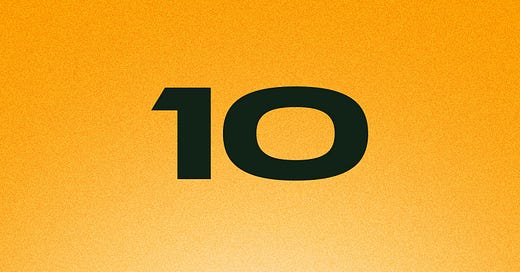Issue 10: Four qualities of great hires
How craft, drive, adaptability, and storytelling separate good candidates from great ones
Technically Speaking is where I share reflections, insights, and conversations to help you lead with confidence, clarity, and community. Are you looking to level up your design leadership and management craft? Spend an hour with me for personalized 1:1 coaching to help you thrive in your role.





